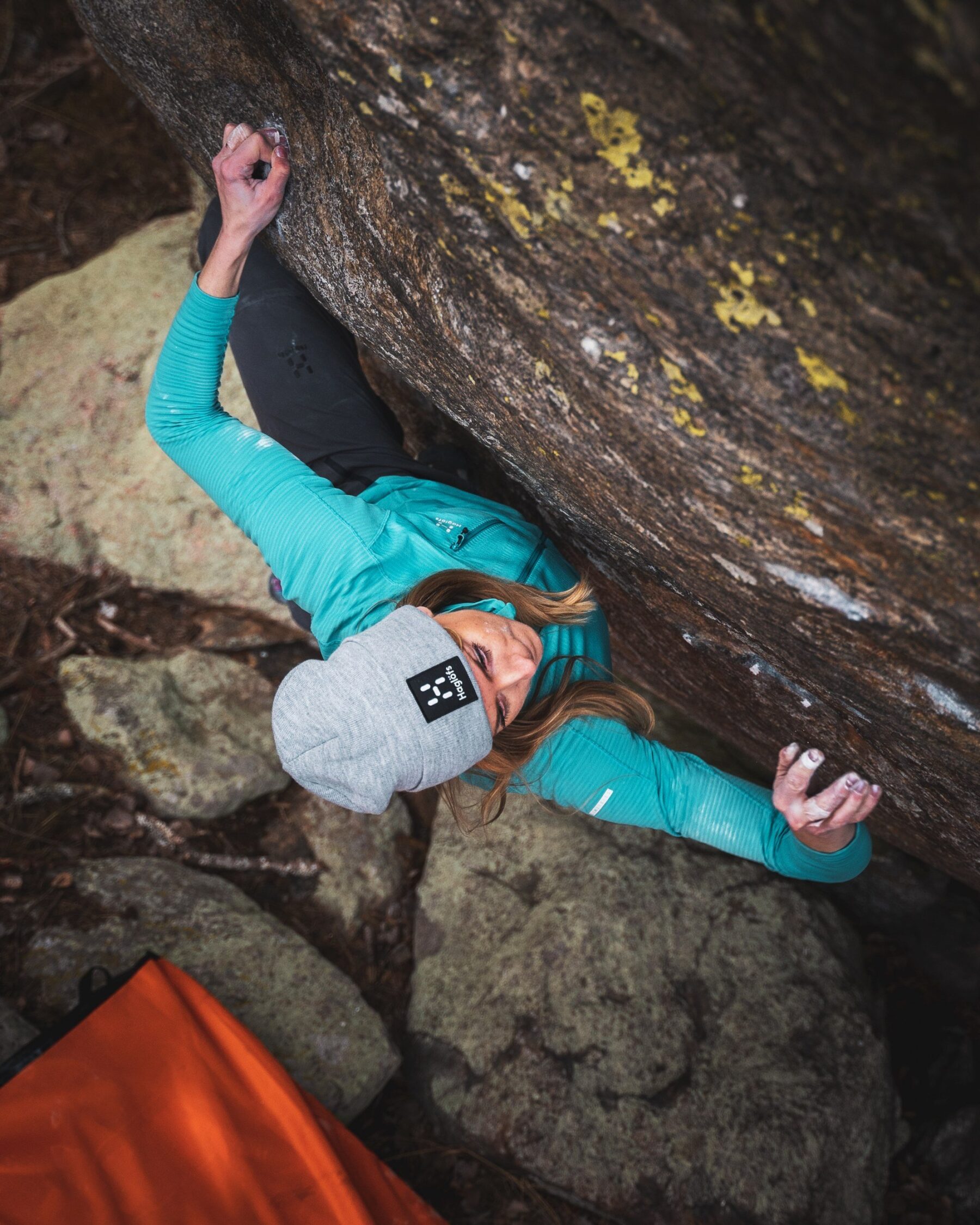Thousands of miles from the amphidromic points in the Atlantic ocean from which our tides are generated, Britain’s coasts experience some of the most powerful tidal currents on Earth. What must we know about tides and currents before adventuring on the sea? Surfer & tidal expert William Thompson provides some crucial insights into one of the planet’s most powerful natural forces.
![The wild tide race off Morte Point at the western extremity of North Devon’s Exmoor Coast in a Force 8 easterly gale, with the 4 knot ebb current running at full tilt. In local Devonian lore, Morte Point is ‘the place that God made last and the Devil will take first’, due to the numerous shipwrecks and fishing boat accidents that have occurred on the point. Unusually, there in no ‘inshore passage’ [an area of calmer water immediately offshore] off Morte Point, and the tide race breaks directly on the rocks. Not a place to be in wrong conditions, or without knowing which way the tide is flowing. © David Pickford](https://www.base-mag.com/wp-content/uploads/2021/12/MG_9049.jpg)
The wild tide race off Morte Point at the western extremity of North Devon’s Exmoor Coast in a Force 8 easterly gale, with the 4 knot ebb current running at full tilt. In local Devonian lore, Morte Point is ‘the place that God made last and the Devil will take first’, due to the numerous shipwrecks and fishing boat accidents that have occurred on the point. Unusually, there in no ‘inshore passage’ [an area of calmer water immediately offshore] off Morte Point, and the tide race breaks directly on the rocks. Not a place to be in wrong conditions, or without knowing which way the tide is flowing. © David Pickford
One autumn afternoon a long time ago, I realised I was powerless against the sea. I was sitting on the beach in Tynemouth with saltwater pouring from my nose, watching the breakers I’d been trying to paddle through. Because the beach there is shallow, waves break a long way out. For every one wave you make it through, the next is even bigger. Every time I made headway I would be smashed back, mostly underwater and upside down – hence the saltwater streaming from my nose. Finally, with dead arms and burning lungs, I surrendered to the sea and slid off my surfboard, expecting deep water. But to my surprise, it was only waist deep; the swell had churned up the murky sea, hiding its depth. In shame and disappointment, I stumbled back to shore and collapsed on the cold sand. At that moment of ultimate failure, it was clear that my reliance on physical power would not work here. I needed a new tactic.
The swell disappeared for a few weeks, and when it came back I was ready. I had been studying wave dynamics and developed a new strategy. Instead of relying purely on my fitness to power through the walls of whitewater, I would walk out as far as possible, then stand there waiting for a window of opportunity. And when that gap appeared, I would suddenly paddle out as fast as possible, hopefully getting beyond the surf zone before the next set of big waves arrived. To my astonishment, it worked. This strategy of waiting for your moment and then seizing it is defined in Sun Tzu’s infamous Art of War: ‘The good fighters first put themselves beyond the possibility of defeat, and then wait for an opportunity of defeating the enemy.’ Applying this to adventures at sea, the first step is to prepare your mind, body and equipment. Then wait for that opportunity, and when it arrives, commit to it totally.
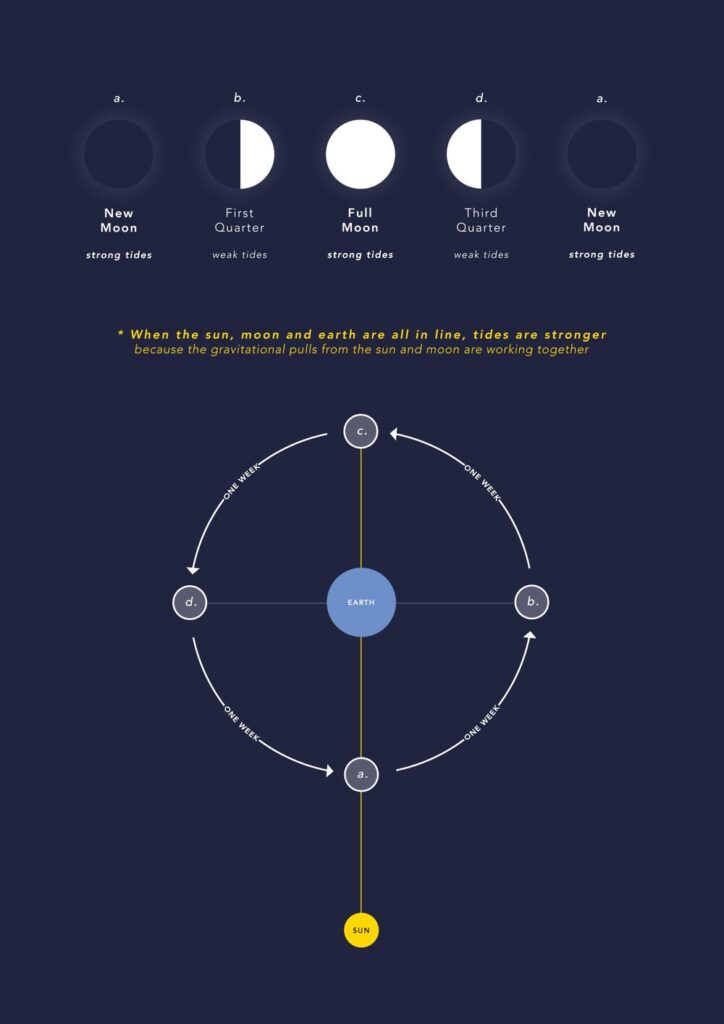
Riding the Rip
The trick is to predict and recognise when the sea is about to help you, and for this you need to understand its cycles. One of the most fundamental, in relation to beaches, is that water surges towards a beach with the waves, then flows along the shore, and finally heads back out to sea either along an obstruction or through a deeper channel. In Tynemouth, where I developed my ‘Art of War’ strategy, the main rip runs along an old tidal pool. I discovered that if I got in the sea there, the rip would take me straight out beyond the waves, a far more effective technique than waiting for a gap in the sets. I would then catch a wave to the shore, walk along the beach and jump back in for the next ride. To break the grip of the rip all you need to do is paddle across the narrow current and head towards the waves – a lifesaving piece of advice for anyone who gets caught in a powerful rip current. The great tragedy of many rip-related deaths is that they could have easily been avoided with one simple piece of knowledge; never swim against the current. Those who do often become exhausted, panic, and drown.
My three winters surfing in the North Sea taught me a valuable lesson; you can’t overpower the sea, but you can harness its power. When I moved back home to Deal in Kent, I applied this strategy to tides and their currents. As a child, my parents were always terrified the currents opposite our house would drag us out to France, so insisted that if we went kayaking it must be connected to a rope that one of them would hold from the beach. They were right about the strength of currents, but not their direction; on most open coasts, tidal currents simply flow along the shore. Fascinatingly, they go both ways, changing direction at set times before and after high tide. These times are unique to every beach, but in Deal the currents start flowing north around two hours before high tide, speeding up for three hours then slowing down for three hours. They are slowest around 4 ½ hours after high tide, a time called ‘slack water’, and this is when they change direction, following the same cycle of speeding up and slowing down until two hours before the next high tide.
This cycle gave me an idea. If I got into the water three hours before high tide, the current would take me south for about an hour, then turn around and bring me back to where I started. I could essentially travel miles along the coast without expending any energy at all. Trading a lobster pot I found on the beach for an old windsurf board hanging from the roof of Dave the Sea Dog’s fisherman’s hut, I now had a paddleboard to test my concept. It was a little wobbly, so I built a plywood drop keel and strapped a basket to the deck with a tube in one corner to hold a fishing rod. With my partner Naomi sitting on the back and in charge of the rod, I steered us along the coast. The tactic worked – we drifted a mile down to Kingsdown and then the current brought us back to where we started, with four mackerel in the basket. (It remains our most successful fishing trip to date).
On one of our drifting expeditions, the local SUP salesman paddled over and tried to sell us a new board. It was two days after the full moon: a period called ‘spring tides’ when the combined gravitational pull from the sun and moon creates currents 25% faster than usual. By the time he lost interest we had drifted a fair way along the beach. Naomi and I were heading in the right direction, but he had a long paddle back to his car against the three-knot current. In the end, he gave up and I watched him walk back along the beach, struggling barefoot on the pebbles with the heavy board awkwardly slung under his arm. As we raced away on our battered lump of fibreglass, I grinned at Naomi; ‘all the gear, no idea’. Although we soon upgraded our paddle board, that encounter taught me that knowledge of the sea will give you a far greater advantage than the newest gear or physical fitness. If you have all three, you’ll be unstoppable.
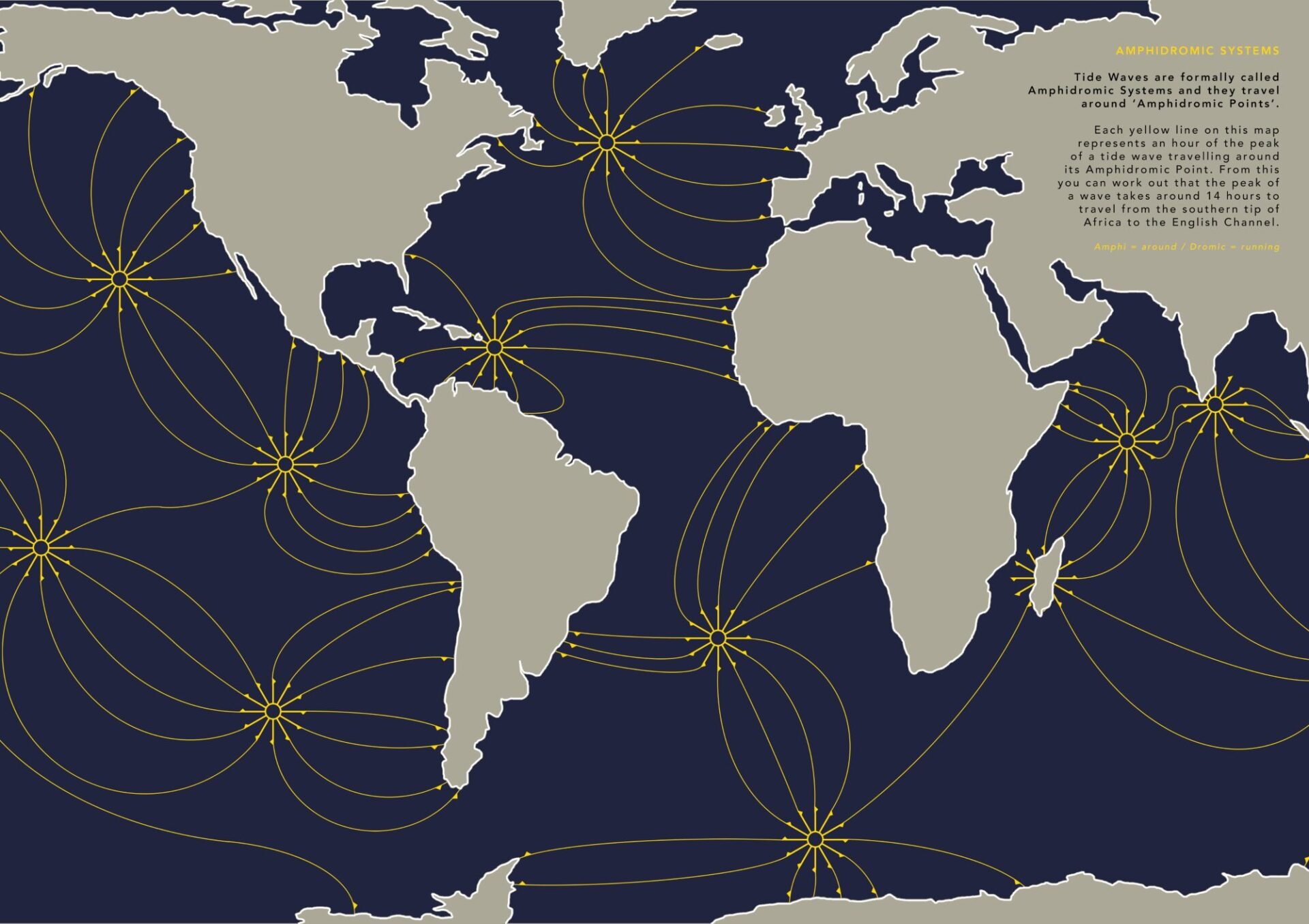
Understanding Amphidromic Systems
At that time, around five years ago, I knew that currents were connected to tides, and that they were both affected by the position of the moon. But beyond knowing that tides are generated, in simple terms, by the gravitational effect of the moon on the surfaces of the oceans, I didn’t fully understand where tidal currents themselves originated. So with our water-spaniel Alfie and six-month daughter Ottilie, we set off on a van trip around Britain to find out.
What I learnt was that tides are made by huge (but invisible) waves flowing along the coast; when a peak passes we get high tide and six hours later the trough brings low tide. Generally, these waves travel in circles around sea areas – or even entire ocean basins – with the peaks passing the same point roughly every 12 hours 50 minutes. If you study the tide times on the east coast of Britain, you can track the journey of a peak of the tide wave. On the full moon, it is at the north tip of Scotland around midnight, passing Teignmouth in south Devon around 04:30, and arriving at Margate in Kent around midday. If you divide this distance by the time it takes to get from Scotland to Margate, you’ll see that the peak of the wave is travelling at around 100km/h. And this is a ‘slow’ wave – the oceanic version in the North Atlantic races from Africa to Europe and across to the US at circa 1,000km/h.
The important thing to bear in mind here is that it is the energy travelling at this speed, not the water particles themselves. A useful analogy is to imagine how water rapidly recedes from a beach when a tsunami is approaching. What is happening is that you are experiencing the trough of the wave, and all the water particles are being sucked towards the peak, which is travelling towards you at 800km/h and will arrive around five minutes after the sea retreats. When it does arrive, the water particles surge forward with the wave, heading up to 3km inland and potentially more than 5 metres above the normal sea level, as happened in the Boxing Day tsunami in the Indian Ocean in 2004.
Now, turn that wave around so that it is running along the shore, and you have the relationship between tide waves and currents. At low tide, when the trough is passing, water is being sucked towards the peak. Then when the peak arrives six hours later, it pushes the water particles along with it.

Understanding this theory helps explain what makes water move, especially when you travel to new places. For example, because the tide wave travels south down Britain’s east coast, on an open beach there you would expect currents to flow south at high tide. Then, around 3-4 hours after high tide, you would anticipate them to slow down and start flowing north for around 6 hours.
Although this is only a rough guide, it helps build a picture of what to expect when you study the charts. And being aware of this cycle gives you three main windows of opportunity when planning an adventure.
Firstly, you can do a return trip, like Naomi and I did on our battered old windsurf board. Or you can set off just after Slack Water and ‘go with the flow’ for up to six hours with the current. Finally, if you want to stay in one place, timing your adventure around slack water will make life easy; this is also often the only safe time to dive shipwrecks.
The antithesis to this strategy is to dive in and hope for the best. Last summer, I encountered a perfect demonstration of this when I spotted a middle-aged man swimming near the end of Deal Pier, 200 metres out to sea. ‘Lovely day for a swim’, I called down. ‘It’s fabulous! And what’s amazing is that there’s no current today at all’, he replied, taking a rest from his breast-stroke. It was actually spring tides, the time of the strongest currents, but by chance he’d dived in at slack water. Three hours later, the currents would be raging like a fast flowing river, creating little whirlpools around the pier legs. I wondered what would have happened if they had turned when he was off the end of the pier, sweeping him away from its safety. Perhaps he would have simply swum back to shore and landed further along the beach. Or he might have tried to swim against the current, desperately trying to get to the steps at the end of the pier. But that would have been futile; the relentless stream would have forced him away, cold and exhausted, hundreds of metres out to sea. The next step is often panic; a catalyst to drowning. Whatever the result, the probability of failure for this approach is far higher than success.

When a local endurance athlete asked if I could plan the first ever swim to the Goodwin Sands [a set of islands in the middle of the English Channel with one of the world’s highest concentration of shipwrecks] I worked hard to employ this strategy of using the power of the tide to your advantage. People told us the challenge was impossible, including cross-channel swimmer. And she would have been right if we had simply tried to swim for the Sands and hope for the best. But instead, I studied the charts and found a one-hour window of opportunity when the tides and currents made it possible, and we achieved our goal. Through planning, success was made possible. It taught me that making use of the tidal cycles isn’t about eradicating any sense of danger. Rather, it’s about bypassing the problems of the ‘happy-go-lucky’ approach. By doing so, we open up a whole new realm of possible adventures at sea.
Don’t miss a single adventure
Sign up to our free newsletter and get a weekly BASE hit to your inbox
Other posts by this author

Story • William Thomson • Jan 31, 2023
A Practical Guide to Navigating By The Stars
Learn the basics of how to find your way using celestial navigation techniques
You might also like
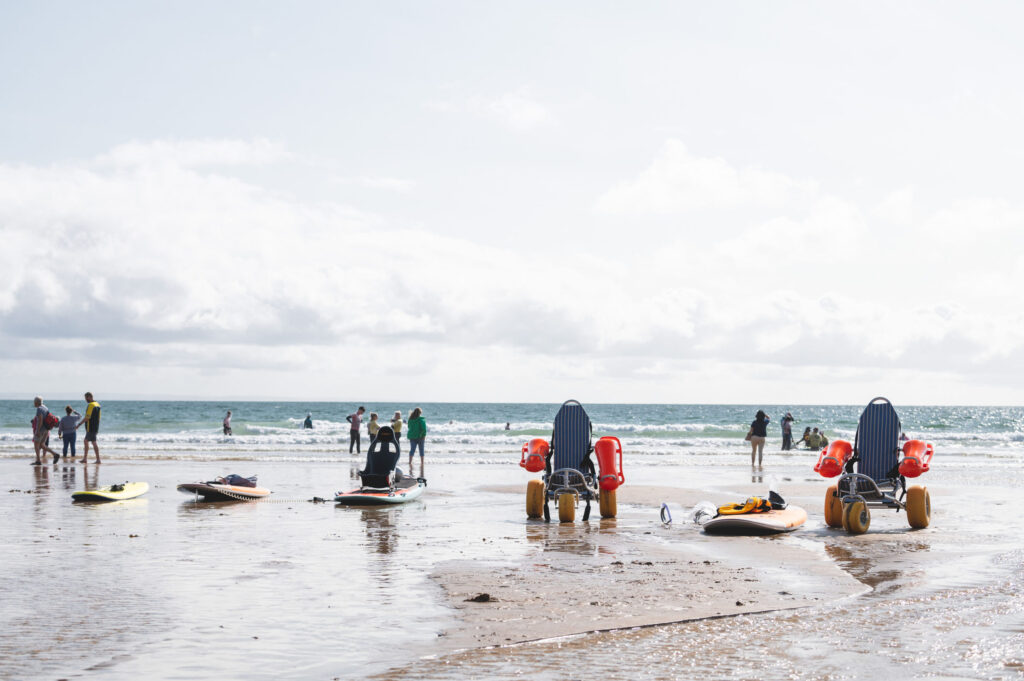
Story • Hannah Dines • Mar 01, 2023
Let My Disabled People Go Surfing
How do we ensure our coastlines are accessible to all? Para athlete and adaptive surfer, Hannah Dines finds out
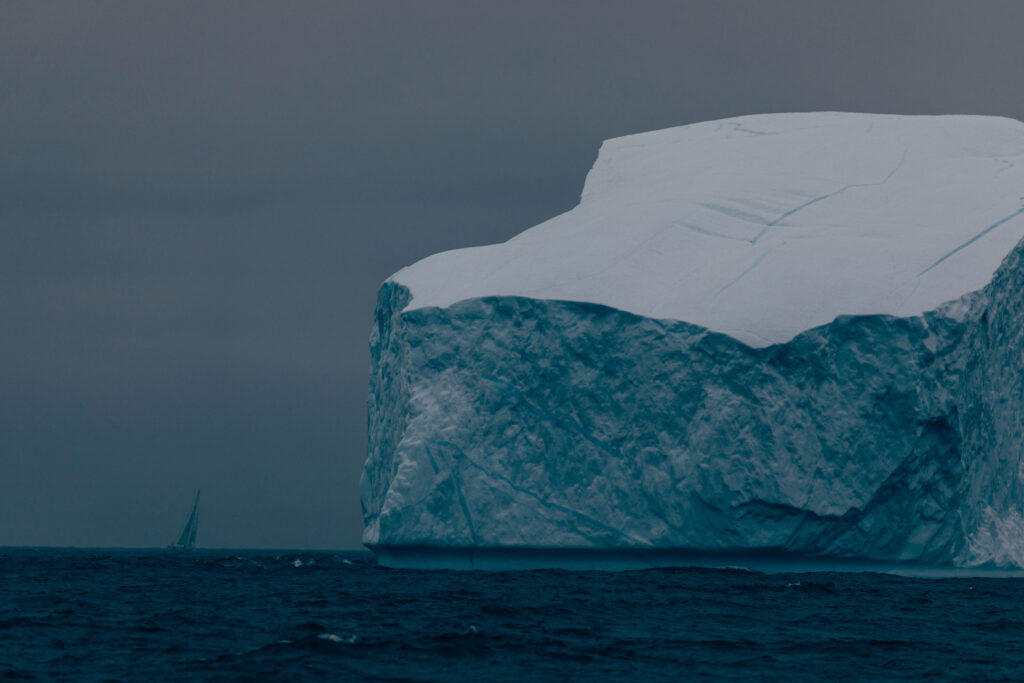
Story • SKIRR Adventures • Jan 10, 2023
Among Ice Giants
A 4,820 nautical mile sailing expedition to some of the most remote places on Earth
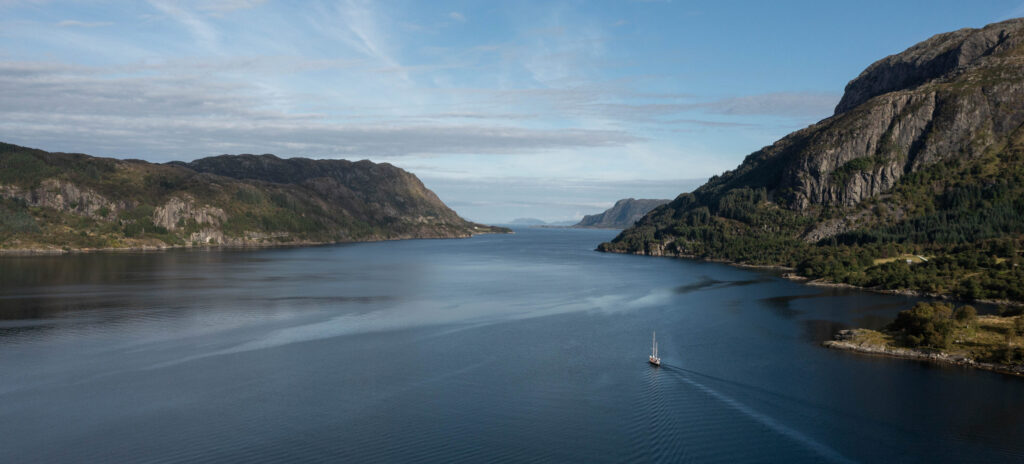
Story • Nino Mazzone • Dec 08, 2022
North on The Wind
A sailing expedition to discover the coastal mountains of Arctic Norway
